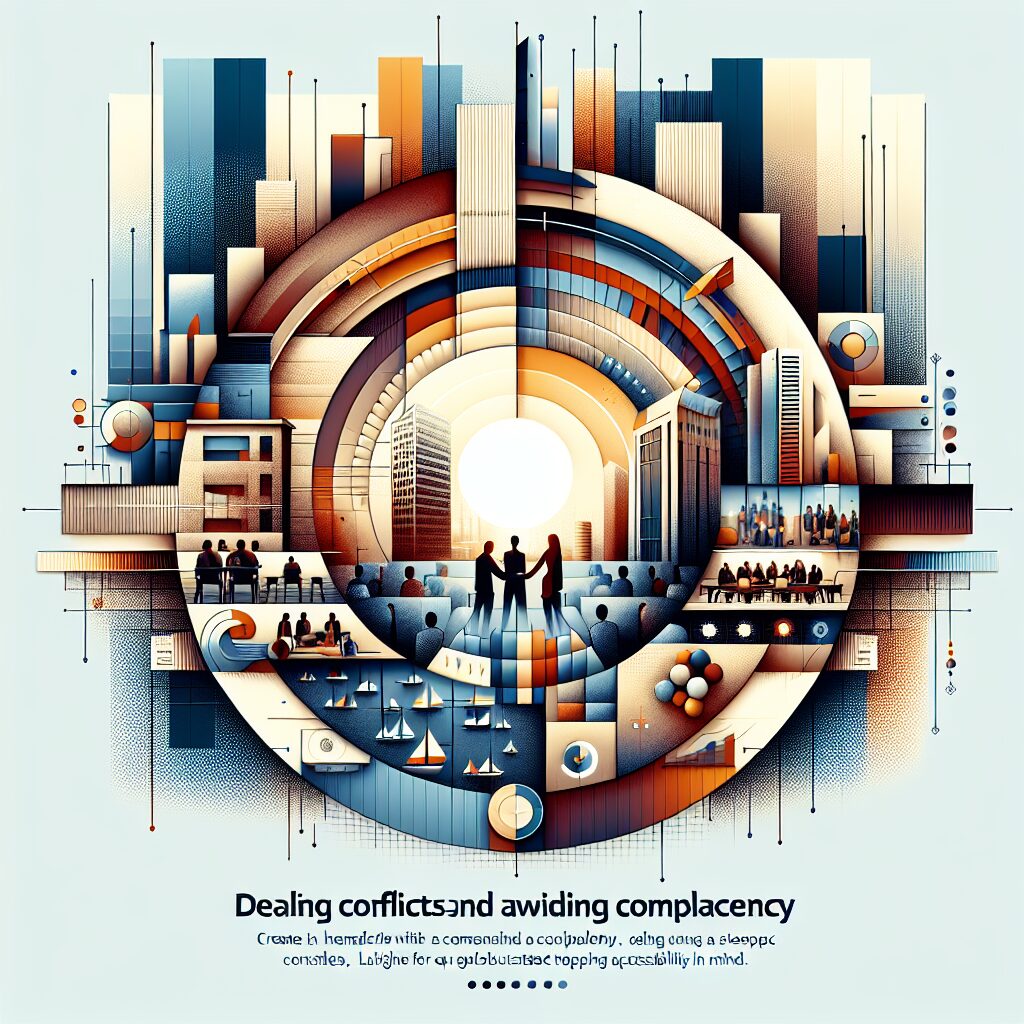
Fostering Safety: A Leader’s Duty in the Workplace

Create a Safe Work Environment: A Leader’s Responsibility
Let’s get straight to the point: creating a safe work environment isn’t just good practice; it’s our duty as leaders. You might think this is obvious, but here’s the reality—over 85% of individuals who face sexual harassment opt not to report it. That staggering statistic sends chills down my spine. Even more alarming is that around 70% never bring up their concerns within their own organisations. This silence is more than a statistic; it’s a call to action.
Why Silence is a Problem
When employees feel unsafe or unsupported, the entire culture of a workplace suffers. Every organisation thrives on its people, and when that trust is broken, productivity plummets. Ignoring this issue isn’t just negligent; it’s detrimental to the very essence of your team.
At City Skills, we firmly believe fostering an open and secure workplace is vital. We want our team members to feel valued, heard, and respected. After all, if your employees can’t voice concerns, how can they truly flourish?
Steps to Foster a Safe Environment
So, what can we do? Here are some practical steps to create a safer, more inclusive workplace.
- Promote a Culture of Transparency: Make it clear that employees can share their experiences without fear of retaliation. Regularly remind your team that their voices matter.
- Implement Rigorous Training: Equip your team with the skills to recognise and combat harassment proactively. This isn’t just a box-ticking exercise; it should be woven into the fabric of your organisation.
- Develop Strong Reporting Mechanisms: Ensure there are clear and accessible pathways for employees to voice their concerns. Make these processes visible, so everyone knows where to turn if they need help.
It’s Not Just About Compliance
Now, let’s be clear—addressing these statistics isn’t just about compliance. It’s about our commitment to our people. As leaders, we have an obligation to create a workplace that is not just free of harassment, but rich in support and respect.
When employees feel safe, they are more engaged and motivated. It’s a simple equation—safety leads to productivity. Remember, a thriving work environment is one where everyone can express their thoughts and feelings freely.
How Do You Create a Safe Space?
Now, reflecting on all this, I can’t help but think back to my early career days. I once found myself in a toxic work environment where fear reigned. The result? A demotivated team and a boss who struggled to keep things afloat. That experience opened my eyes to the importance of a safe and supportive workplace.
So, I want to ask you—how are you creating a safe space for your team? It’s essential to take a moment and evaluate your organisational culture. Are you really listening to your employees?
The Bottom Line
Fostering a safe work environment is not merely a good practice; it’s an essential responsibility we all share as leaders. By taking proactive steps, we can significantly reduce the stigma surrounding harassment and encourage open dialogues that lead to improvement.
Let’s continue to build a culture where every team member feels empowered to speak up. Remember, silence does not signify agreement; it often hides discomfort and fear. Together, we can ensure our workplaces are solid foundations where everyone has the opportunity to thrive.
And on that note, I invite you to reflect on your own practices. How are you safeguarding your team? Share your thoughts in the comments below—let’s get the conversation going!
#WorkplaceSafety #CitySkills #LeadershipMatters





